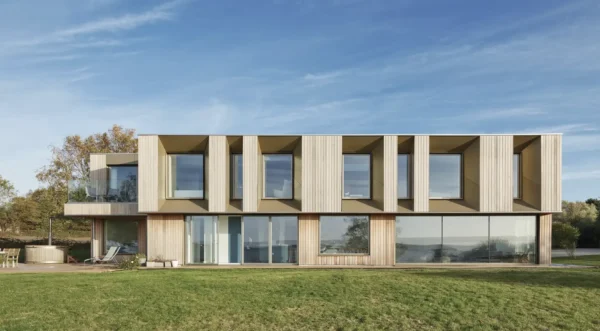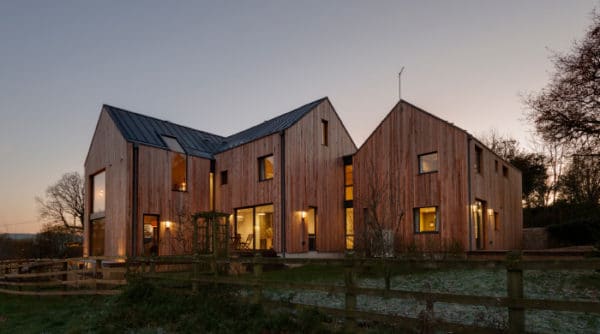Updating Your Home’s Facade with Timber Cladding
An increasing number of people are looking to retrofit their properties with timber cladding. A good portion of these are architects updating their own homes, which is usually an indication of a trend that will soon trickle down to the consumer market.
Adding timber cladding is a fantastic way to give the outside of your home a fresh new look while simultaneously providing the opportunity to improve your sustainability credentials.
Opting to renovate your existing property can be a cost-effective route to gaining the home you want. What’s more, it can be done quickly and – in most cases – you are able to stay in the house while the work is being done.
A good retrofit can also be very eco-friendly, as you’re reusing and extending the life of a building which already exists. All the steps in the process of construction use energy and resources, so it’s innately sustainable to work with an older structure and keep parts of it intact.
Design options
If your project includes a new facade, timber cladding provides a low impact, environmentally-friendly option. Aesthetically, using timber will add warmth and texture to a building and, when correctly detailed and fixed, it is highly durable and easy to maintain.
Plus, you can achieve a variety of looks with different arrangements – recently we’ve been seeing trends for narrow boards, mixed widths and a combination of horizontal and vertical cladding.
Companies like Russwood offer expert advice about all your material, laying pattern and installation options. If you don’t want to clad the whole building, you can choose to combine timber with the existing materials, such as stone or brick, or go for a fresh new look with a render/cladding combination.
While many people opt to let their home’s new timber exterior finish weathering naturally, it is becoming more popular to coat the boards so that they achieve a consistently weathered appearance at an accelerated rate, reducing maintenance.
A low-carbon cladding option
In terms of its eco credentials, timber is one of the best materials you can choose. Trees capture CO2 from the atmosphere as they grow and then lock it in. In sustainably managed forests, more trees are planted than harvested.
So, by using wood produced responsibly from these areas, you’re directly contributing towards the increase of carbon sequestration from the environment. As a result, timber has an incredibly low embodied energy.
It is often an affordable choice, too, as fitting cladding to existing structures can be very simple. If you have a typical British home, chances are it’s made of blockwork. All you need to do is attach a membrane and battens to get started.
If you’re planning a more extensive renovation, you probably won’t even need to hire any specialist trades – there will be joiners on site anyway.
| John Russell is managing director at Russwood, a supplier of high-quality, sustainable timber flooring, cladding and decking products. The company has been working in the industry for 30 years. |

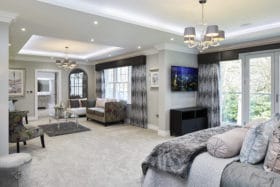


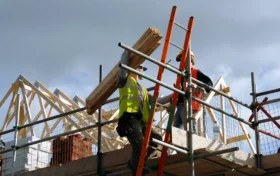























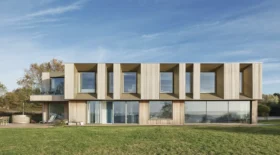






























































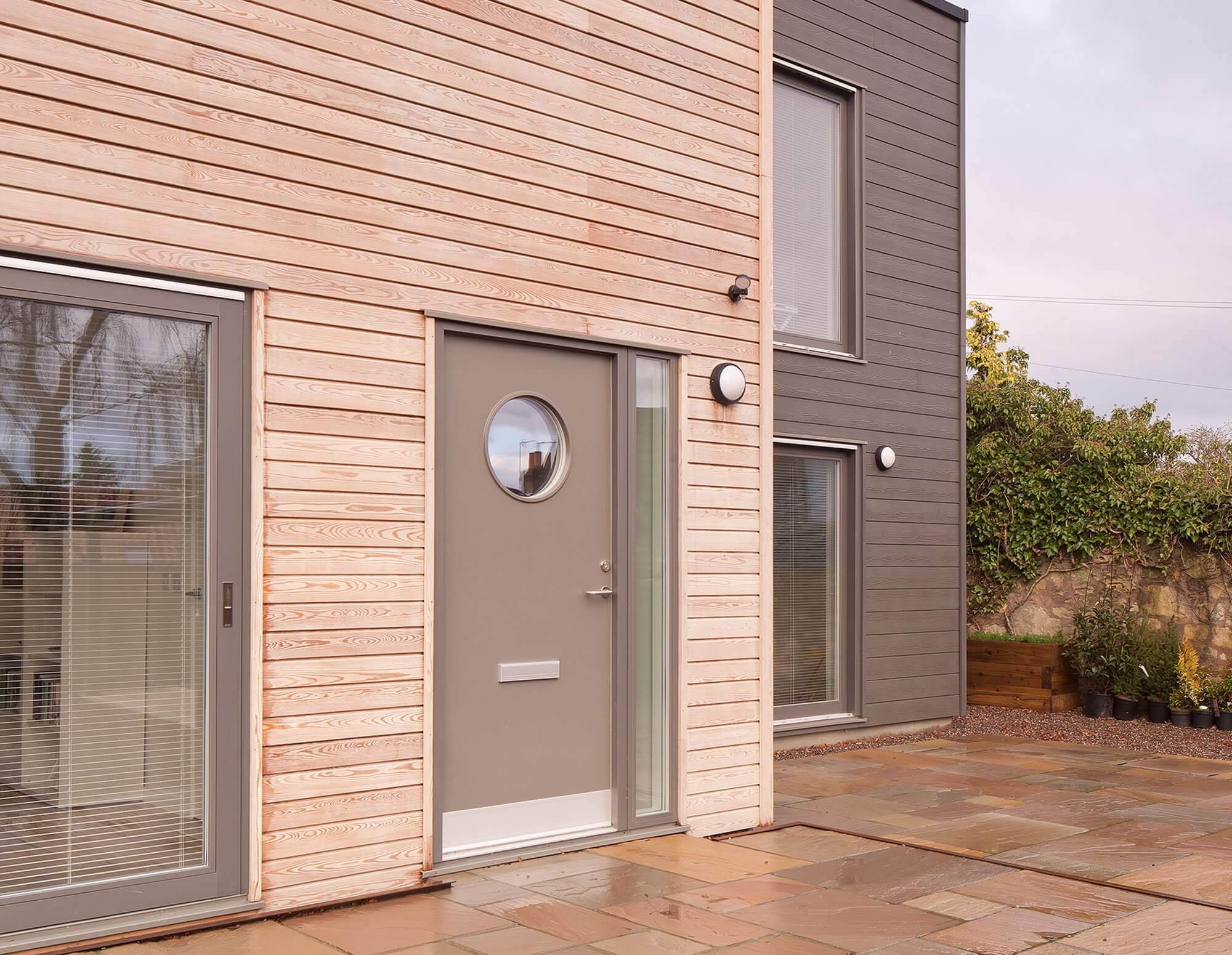
 Login/register to save Article for later
Login/register to save Article for later



